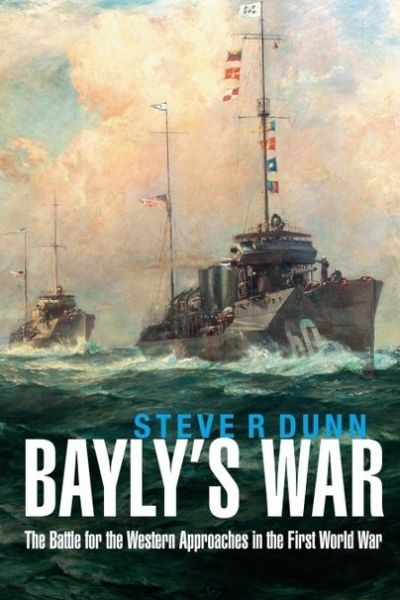
French Battleships of World War One

The Jutland Scandal - The Truth About the First World War’s Greatest Sea Battle
Steve R Dunn
Bayly’s War is the story of the Royal Navy’s Coast of Ireland Command (later named Western Approaches Command) during World War One.
Britain was particularly vulnerable to the disruption of trade in the Western Approaches through which food and munitions (and later soldiers) from North America and the Caribbean and ores and raw materials from the Southern Americas, all passed on their way to Liverpool or the Channel ports and London. After the sinking of the Lusitania in May 1915 and the introduction of unrestricted submarine warfare by the Germans, Britain found herself engaged in a fight for survival as U-boats targeted all incoming trade in an attempt to drive her into submission. Britain’s naval forces, based in Queenstown on the southern Irish coast, fought a long and arduous battle to keep the seaways open, and it was only one they began to master after American naval forces joined in 1917.




